a subgenre of solarpunk with a focus on the seas and water cycles. Lots of sea-related eco-content is warnings and doom (and rightfully so), so this blog is dedicated to optimism! search this blog for #masterpost to see an overview of the 2018 content. (the blog photos are ones I've taken. The avatar is of the Ancient Temple to Poseidon in Sounio, Greece)
Last active 3 hours ago
Don't wanna be here? Send us removal request.
Text






manta ray i crocheted for my girlfriend's birthday :) he's a very comfy pillow with a nice weight and squishiness. made from cotton yarn and stuffed with down + cotton fabric.
i made the pattern myself with inspiration from this pattern for the overall structure :)
3K notes
·
View notes
Text

Alaska Native Business Models are Solarpunk
“We have designed business plan templates as well as other resources that support entrepreneurs looking to model sustainable businesses,” says Executive Director Alana Peterson (photo). “We specifically support sustainable startups and other small businesses through business planning, financial analysis, and creation of measurable sustainability goals.”
Spruce Root is Juneau-based, Native-led nonprofit gives local entrepreneurs access to business development and financial resources in the form of loan capital, business coaching, workshops, and competitions.

Renewable Ocean Energy
As an example of its impact, Sitkana is taking an innovative approach to generating reliable renewable energy from ocean currents. The Juneau-based startup produces hydrokinetic energy devices that act like wind turbines underwater, creating electricity when they spin in the flowing water.
“Sitkana is building technology to deliver reliable, affordable, and clean power to remote and coastal communities,” says McMullan, a fisherman turned engineer. “Many places in Alaska rely on diesel generators while they are surrounded by some of the most powerful tides and tidal currents in the world. I wanted to build a solution that not only made sense for Alaska but could also scale globally.”
Some of the strongest tidal currents in the United States are in Southeast, where 20-foot tides fill 100-mile-long fjords, according to Sitkana’s website. Sitkana aims to generate low-cost electricity for cities in Alaska and other places situated near ocean currents. And its hydrogenerators are designed to be installed in just hours—without the need for underwater foundations or divers.
35 notes
·
View notes
Text

Catalytic process can transform natural polymer into customizable biodegradable plastics
A new study led by Colorado State University Distinguished Professor Eugene Chen outlines a path to creating advanced, recyclable plastics. Published in Nature, the study describes a breakthrough method for upconverting a natural polymer that is usually made by microorganisms into a wide range of new and more sustainable high-performance materials as well as valuable chiral small molecules for organic and polymer synthesis. The method is an important step toward a circular materials economy in which products are designed to be bio-based, reused, repurposed or recycled rather than ending up in landfills—greatly reducing the burden of chemicals and plastics on the environment. The study centers on the innovative utilization of poly(3-hydroxybutyrate) or P3HB—a biodegradable polyester produced by microbes. P3HB belongs to a family of materials called polyhydroxyalkanoates (PHAs), which can be redesigned to perform similarly to petroleum-based plastics but with one key advantage: they can break down naturally in soil and oceans.
Read more.
32 notes
·
View notes
Text
31K notes
·
View notes
Text
by Cyrene Oraya Reyes, Fri 4 Jul 2025
Switzerland’s clean water initiatives have turned formerly polluted waterways into pristine swimming spots, making the country a model for nations worldwide facing water quality challenges.
In the 1960s, Switzerland had some of the dirtiest water in Europe. Rivers and lakes were choked with algae, foam, scum, and dead fish. Swimming was banned in many waterways, like the Aare and Limmat rivers, due to health risks from raw sewage and industrial waste flowing directly into these bodies of water.
Switzerland’s journey to clean water began in tragedy when a deadly typhoid outbreak in Zermatt in 1963 sickened hundreds and claimed lives due to contaminated water. The crisis pushed the country to take its water pollution problem seriously.
In 1971, wastewater treatment became a legal requirement. From only 14% of the population connected to treatment facilities in 1965, the number has soared to 98% today—proof of Switzerland’s strong commitment to clean, safe water.
According to 2023 data from the European Environment Agency, only five of Switzerland’s 196 designated bathing areas failed to meet quality standards. This remarkable achievement didn’t happen by accident or without cost.
The Swiss government invests heavily in water quality, spending about £174 per person on wastewater treatment in 2022. By comparison, England and Wales spent approximately £90 per person during the same period, according to analysis by Ends Report.
To tackle this, engineers developed advanced water treatment technologies like the ones used at the Villette plant near Geneva. This facility filters 250 liters of wastewater every second using a multi-step process. It removes visible waste such as trash, fats, and sand.
Then, water flows into large basins where helpful bacteria break down organic matter. In the final step, the water is passed through activated charcoal, which soaks up lingering microchemicals. This process removes around 80% of micropollutants.
Switzerland upgrades around seven wastewater treatment plants annually with this advanced system. There are now 37 upgraded facilities nationwide, and the number is expected to grow to around 140 by 2040.
The Swiss approach has caught international attention. Water experts from other countries have visited these facilities to learn about Switzerland’s clean water solutions. The European Union has followed Switzerland’s lead, requiring wastewater treatment plants serving more than 10,000 people to remove micropollutants by 2045.
The results of Switzerland’s clean water initiatives are visible throughout the country. In urban centers, citizens enjoy swimming in rivers and lakes, which were once health hazards. These clean waterways have become vital community spaces.
At Lake Geneva, the Les Givrés swimming club brings together people from all professions and backgrounds. For many club members, these swims provide more than physical exercise.
Switzerland’s success offers valuable lessons for other countries struggling with water pollution. The Swiss model demonstrates that clean water requires political will across party lines, substantial financial investment, and regulatory frameworks anticipating future challenges.
While most Swiss citizens may not fully appreciate the complex infrastructure behind their pristine waters, they understand its importance to their quality of life. The transformation of Swiss waterways from polluted channels to community treasures shows how environmental restoration can enhance urban living.
As climate change and population growth put increasing pressure on global water resources, Switzerland’s journey from having some of Europe’s dirtiest water to possessing what locals call “blue gold” provides a roadmap for river restoration worldwide.
69 notes
·
View notes
Text


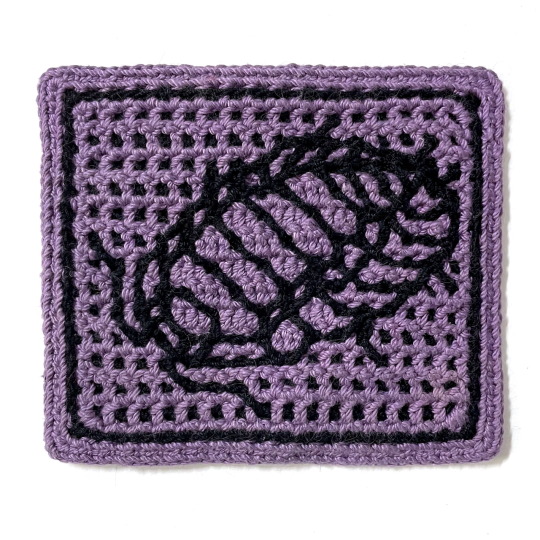

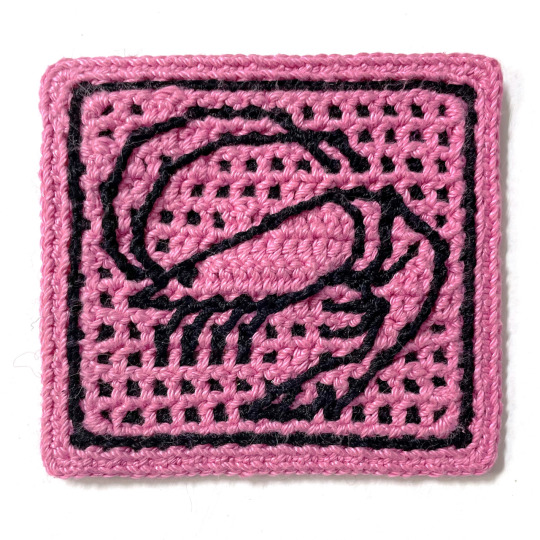



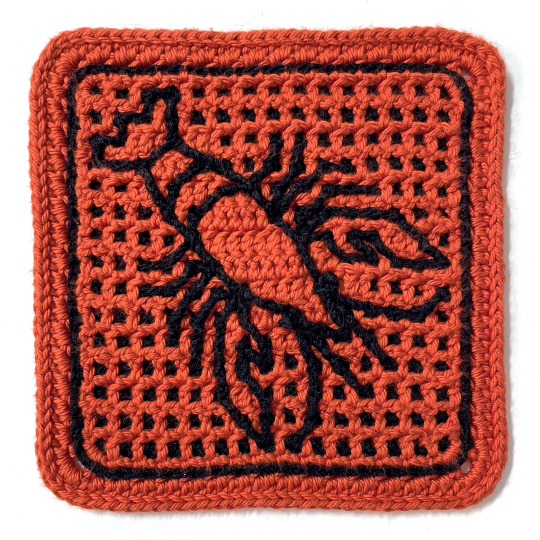

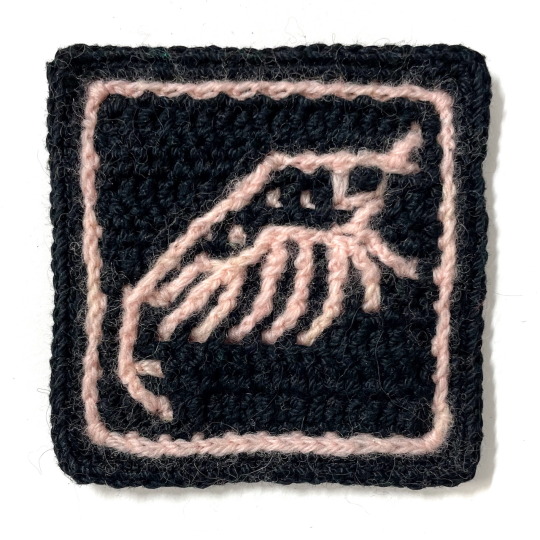
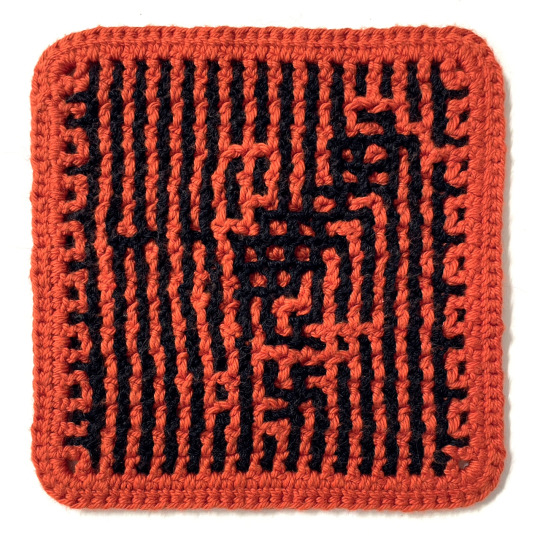



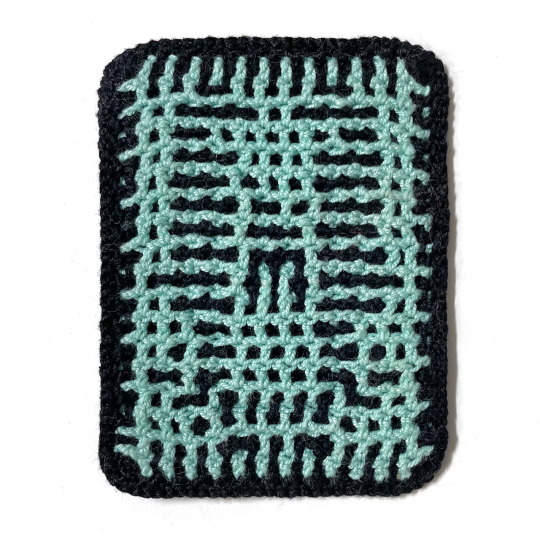


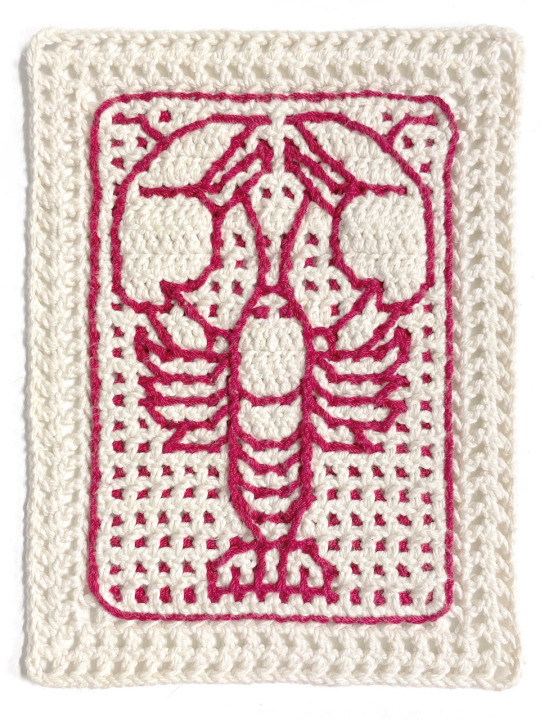
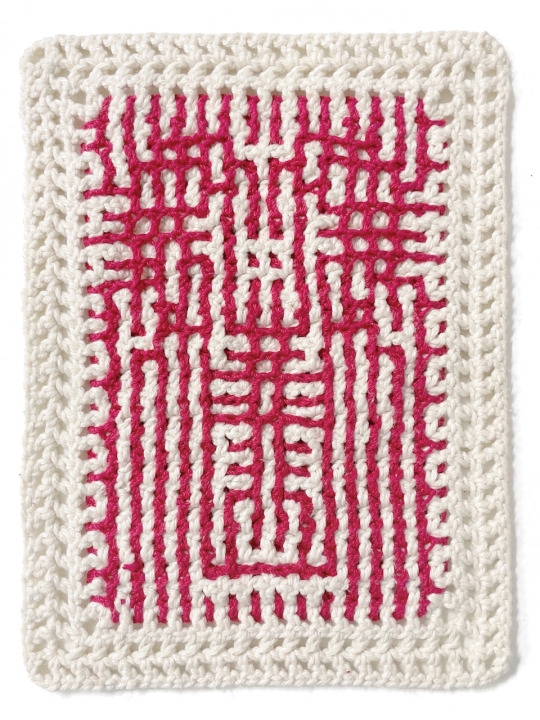

Crustacean Cocktail Party, interlocking crochet (patterns)
10K notes
·
View notes
Text
Everyone shut up and look at this carving of a whale from the 1200-600 CE Chumash culture

152K notes
·
View notes
Text


And two more, the green one and this one are available.
169 notes
·
View notes
Text
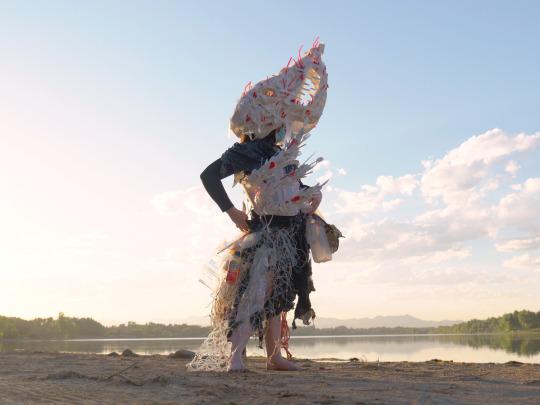
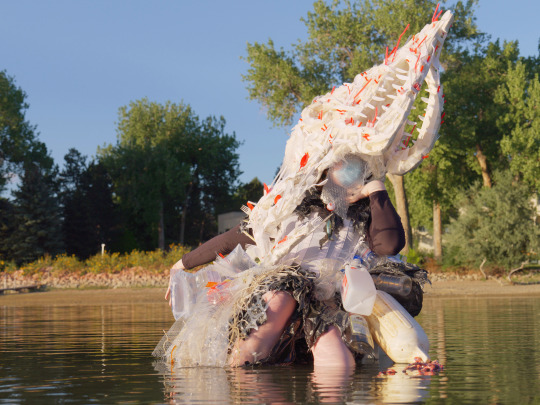




extremely cool news - i'm one of the designers in meow wolf denver's first fashion show!!! this get up is based on whale falls and ocean trash, and made up of entirely secondhand materials - many of which i actually picked up as litter. super excited to get to attend the show and see this piece walk in it later this month!!!
5K notes
·
View notes
Text

UNMASKING THE BLUEBOTTLE REVEALING FOUR DISTINCT SPECIES THROUGH GLOBAL CITIZEN SCIENCE
For over two centuries, the Portuguese man o’ war (Physalia spp) was considered a single, cosmopolitan species, drifting across the world’s oceans and stinging unsuspecting swimmers. But new genomic research has overturned this long-held view, revealing that Physalia is not one species, but at least four: P. physalis, P. megalista, P. utriculus, and a newly described species, P. minuta. Researchers sequenced the genomes of 151 specimens from around the globe and found strong reproductive isolation between genetic lineages, even when their distributions overlap. This evidence aligns with historical descriptions from the 18th and 19th centuries, which proposed several species that were later dismissed due to limited data.
Crucially, the study integrated over 4,000 photographs from iNaturalist, using citizen science to match distinct morphologies with genetic lineages. These images, contributed by amateur naturalists, swimmers, and lifeguards, allowed researchers to confirm physical differences that earlier taxonomists could not consistently observe due to preservation challenges. The result is a rare success story in which modern genomics, historical records, and participatory science come together to clarify the taxonomy of one of the ocean’s most recognisable creatures.
The discovery not only rewrites the story of Physalia but also challenges assumptions about biodiversity in the open ocean, reminding us that even the most visible marine life can hold hidden complexity, and that everyone, from sailors of the past to today’s citizen scientists, has a role to play in uncovering it.
Reference: Church et al., 2025. Population genomics of a sailing siphonophore reveals genetic structure in the open ocean. Current Biology.
3K notes
·
View notes
Text

This is a solarpunk story that takes place in Hawaii, in the distant future where the world has been submerged under a great flood and the humans are trying to rebuild civilization. However there are also these "leviathans," creatures touched and mutated by the "hewa" (toxic substance).
(The YouTube video showing the time lapse is under the cut)
youtube
22 notes
·
View notes
Text
"Out of a recent UN conference on the protection of the sea comes the news that Portugal has announced the creation of a new 38,000 square-mile marine protected area.
Established around the Gorringe seamount, technically Portugal’s tallest mountain, the decision will take the nation’s total protected territorial waters to 27%, making the small Iberian country the continent's leader in protected ocean waters.
The announcement was made by the nation’s environment minister Maria da Graca Carvalho at the 3rd UN Oceans Conference in Nice. The conference focuses on implementing strategies and methods to achieve the goals set out in the 2023 High Seas Treaty, which has so far been ratified by 51 nations—9 short of entering legal force.
“In terms of marine protection we are the most advanced country in the world with our characteristics combining continental and insular territory. Certainly the leader in Europe,” Carvalho said.
The Gorringe Ridge is located about 130 miles (210 km) west of Portugal, between the Azores and the Strait of Gibraltar. It is notable for an enormous diversity of sea life, particularly “soft corals,” or gorgonians, and deep-sea sponges, which inhabit some 1,100 reefs along the ridge.
850 species have been recorded living a there by the charity Oceana, which has been lobbying for the site’s protection for years.
In a statement following a 2012 dive mission to the seamount, Oceana called the undersea ecosystem “stunning.”
“The seamounts are visited by great pelagic species, such as whales, dolphins, and swordfish,” the statement read.
“The peaks are covered by algae forests, particularly kelp. Large schools of amberjack, horse mackerel, and barracuda concentrate above the highest peaks, and detritic bottoms, covered in the remains of coral, bryozoans, and mollusks, abound in deeper areas, are inhabited by dragon fish, fan corals, pink frogmouths, and bird’s nest sponges.”
Emanuel Gonçalves, chief scientist at Oceano Azul Foundation, a separate nonprofit that mapped the area with the Portuguese navy, told Reuters that the total protected area would be around 100,000 square kilometers, enough to “connect seamounts, abyssal plains, and open ocean, and create a safe haven to highly mobile and migratory species, and deep sea habitats”.
“It will provide a fertile nursery and feeding ground for turtles, sharks, marine mammals, sea birds and tunas, expand or restore kelp and coral forests and create a sanctuary for the unique breeding aggregation of torpedo rays,” he said.
The decision also follows on from an announcement last year that Portugal intended to protect an area of water around the Azores archipelago the size of Virginia and Georgia combined."
-via Good News Network, July 7, 2025
596 notes
·
View notes
Text
the Freedom Flotilla is back for another voyage to end the illegal blockade of Gaza!!!!

just like last time, you can track their voyage. on the ff website are also listed other ways you can help.
please follow the freedom flotilla and share the message, they need everyone's participation
5K notes
·
View notes



